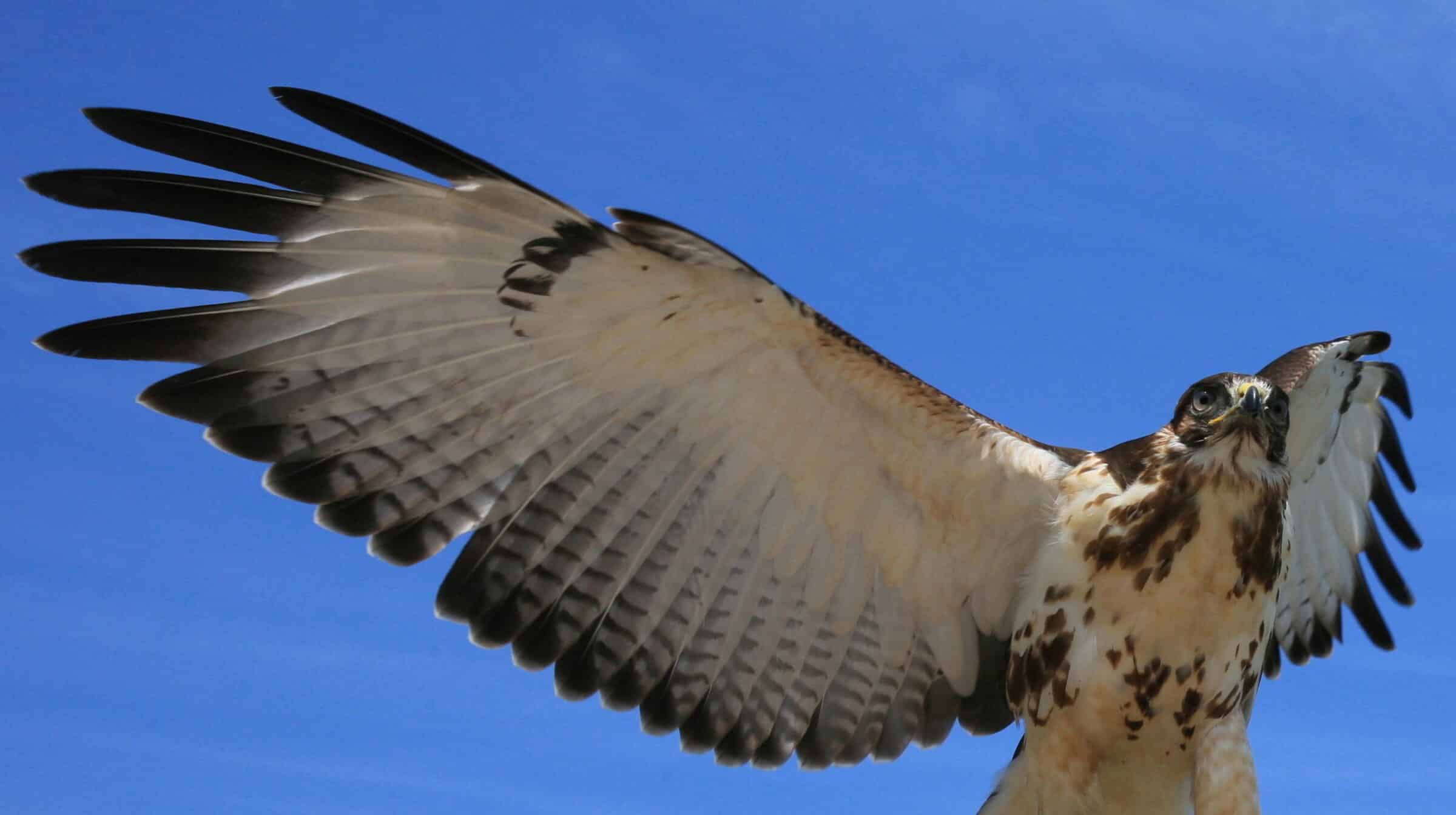 Evolution
Evolution
 Intelligent Design
Intelligent Design
Developmental Biology of Vertebrate Skeletons Shows Similarities are Better Explained by Design

In an article yesterday, I reported on Stuart Burgess’s new paper in the journal Bioinspiration & Biomimetics, “Universal optimal design in the vertebrate limb pattern and lessons for bioinspired design.” He demonstrates that the common features of vertebrate limbs are better explained by design than by common ancestry. He explains how the limbs are engineered around the triple-hinged layout because that layout is the best for allowing diverse complex motions. He also details how the instantiation of that layout in each vertebrate group (e.g., birds) is optimally designed for the group’s environment and behaviors. Here, I will describe how embryological studies further undermine evolutionary explanations for the limbs’ similarities and, by extension, support Burgess’s conclusion.
Evolutionary Predictions
Evolutionists assume that the traits they classify as homologous share similarities due to their having evolved from a common ancestor. For instance, the forelimb of a mammal is similar in many ways to the wing of a bird. The forelimb of each is believed to have evolved from the forelimb of a common ancestor that possessed the same similarities. Evolutionists predicted that homologous traits should share similar developmental pathways — the specific steps of cell migration and differentiation that form the trait as an egg develops into an offspring.
Manfred D. Laubichler is a distinguished theoretical biologist and historian of science. In his article “Homology in Development and the Development of the Homology Concept,” he summarizes this expectation:
The core assumption of the biological homology concept is that homologues are the units of phenotypic evolution. As such they are individuated quasi-autonomous parts of an organism that share certain elements and variational properties. Therefore, if two characters are to be homologous, they can only differ in those aspects of their structure that are not subject to shared developmental constraints. The role of developmental mechanisms is to guarantee the identity of two structures since they limit the variational properties of quasi-autonomous units. [Emphasis added.]
In other words, the differences between homologous traits in different species result from the ways their common ancestor’s developmental pathway was free to change, and the similarities between their traits correspond to the ways the pathway could not change. In the context of vertebrates, homologous limbs should result from highly similar developmental pathways since the three-hinged layout was maintained in most of the ancestors due to developmental and operational constraints.
Failure of the Prediction
Yet the embryological evidence demonstrates that this central prediction is false. Evolutionary biologists Tatsuya Hirasawa and Shigeru Kuratani detail in their article “Evolution of the vertebrate skeleton: morphology, embryology, and development” how homologous bones often develop from different developmental pathways supported by different genes:
Historical continuities of skeletal elements as step-wise morphological changes along a phylogenic lineage are inferable from detailed comparative analyses. However, within these continuities, discontinuities of genetic and developmental bases arise in which morphologically homologous bones are produced through different developmental processes. [Emphasis added.]
The differences can include homologous bones originating in different regions of the embryos in different types of cells, and they can employ very different cell migration, cell differentiation, and genetic mechanisms and pathways. The authors explain how this discovery conflicts with evolutionary expectations:
A similar reductionist argument was once widespread with a vague expectation in the dawn of evolutionary developmental biology; namely, that morphologically homologous structures should be patterned through certain unchanged infrastructures, like function of evolutionarily conserved sets of regulatory genes or gene regulatory networks. [Emphasis added.]
Implications
Other research has identified many additional differences in vertebrate limb development (here, here). The same holds true for the entire body plans of different vertebrate groups. These often-dramatic differences in both developmental pathways and their genetic bases severely challenge the claim that homologous limbs can be explained by common ancestry.
As an analogy, two versions of Microsoft Windows look very similar, and their programming and the computers that run them are also very similar. The similarities in both the operating systems’ appearance and the underlying software and hardware suggest that one operating system served as the basis for the other or they share a common ancestral source. In contrast, Microsoft Windows and Mac OS also look very similar, but their programming and the computers that run them are very different. Their similarity in appearance is not the result of common ancestry but of a software engineer choosing to design one similarly to the other.
In the same way, two vertebrate limbs might look similar, but the similarity can result from fundamentally different developmental pathways supported by different sets of genes. Consequently, the similarity is best explained by a mind choosing to craft them based on the same general design pattern. Other common design patterns in biology have been discussed in recent articles by biologist Emily Reeves and science journalist David Coppedge (here, here), further illustrating how the design framework is essential to advancing what we understand of the higher-level organization of living systems.
